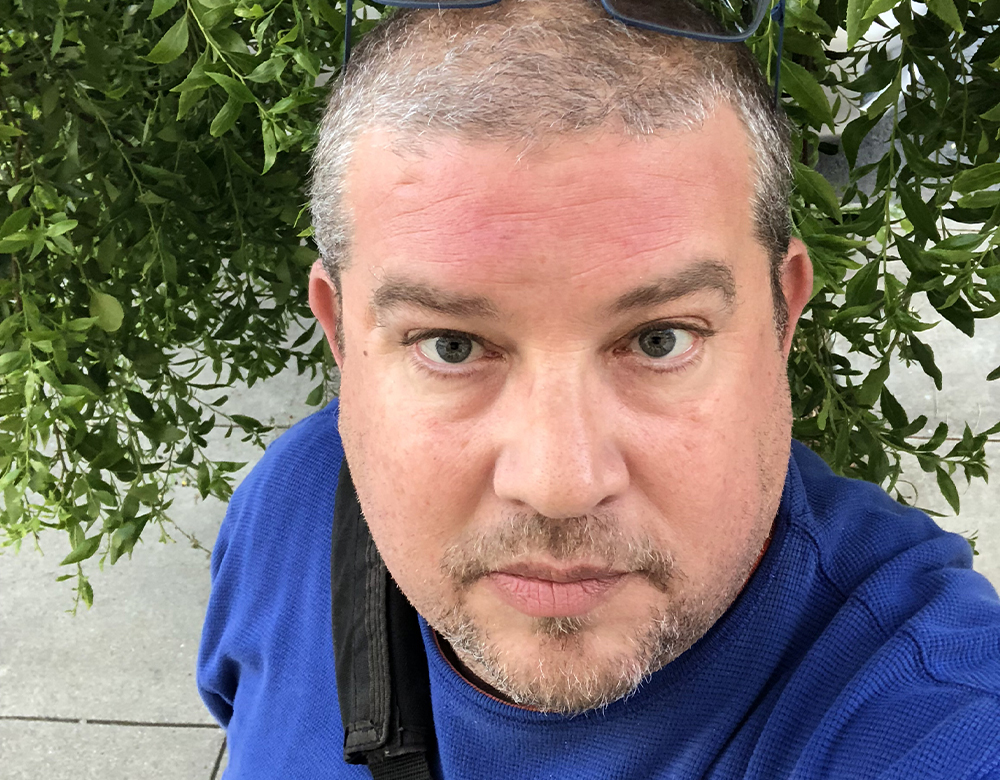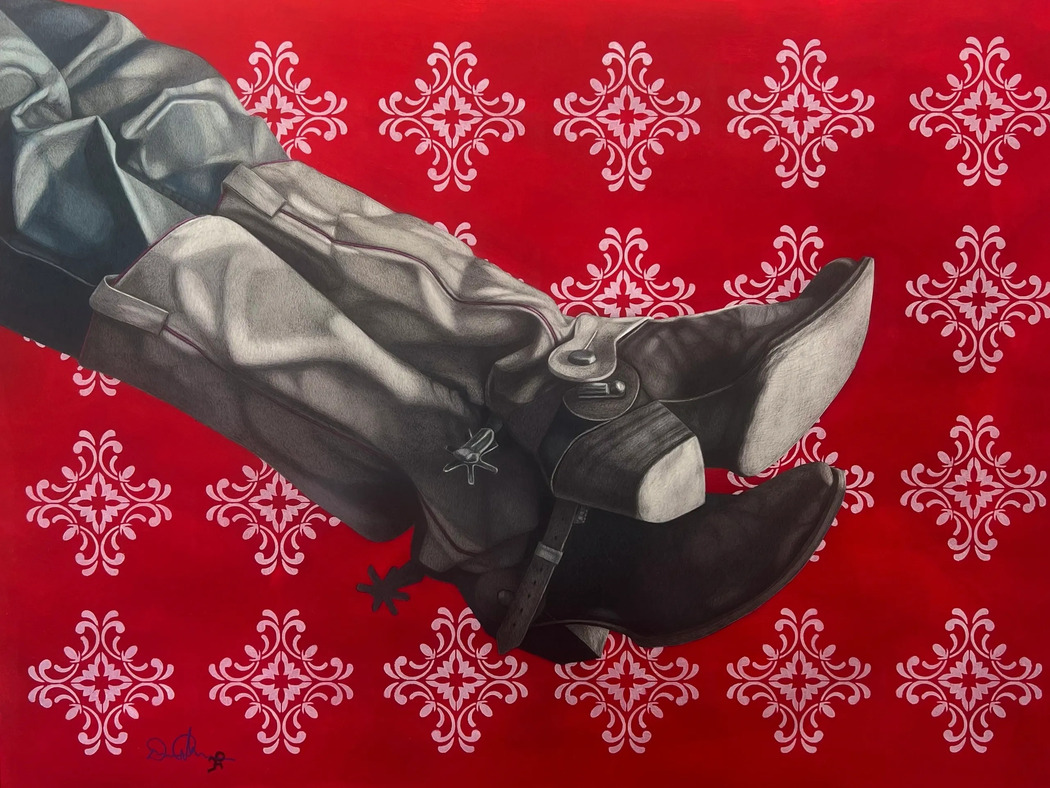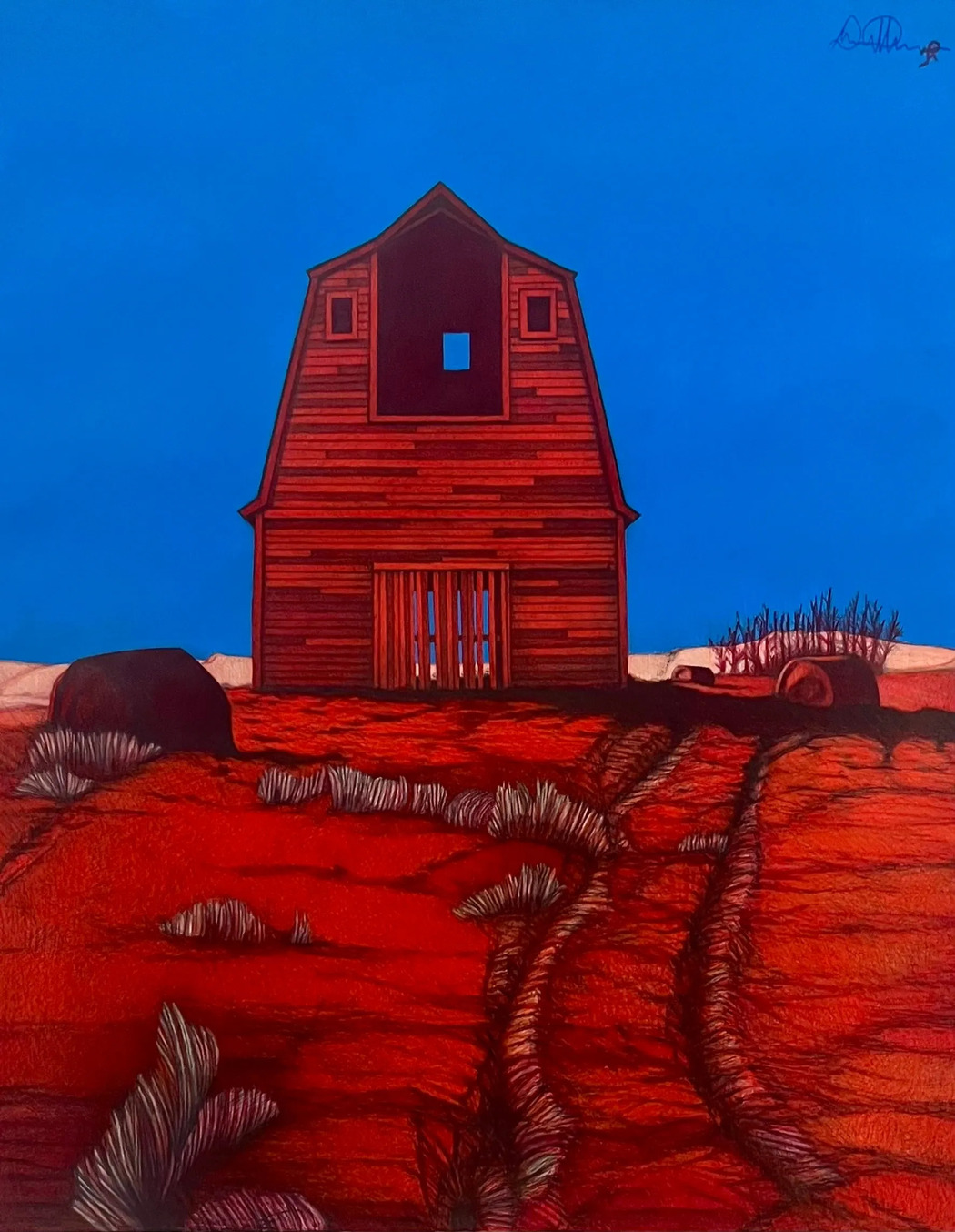David Mason
Year of birth: October 20, 1962
Where do you live: Truckee, California
Your education: a couple of key mentorship opportunities before college, a workshop with Cole Weston{son of Edward Weston} also for the summer of 1981 internship/apprentice to Ansel Adams. College was Cal Poly San Luis Obispo to study applied art and photography
Describe your art in three words: color, form, light
Your discipline: drawing
Website | Instagram

Can you tell us about your early exposure to photography and how it influenced your artistic development?
I grew up around art and in a creative environment. Both of my parents were creative. I found an old manual rangefinder camera and figured out how to use it. I was around 11. As I used the camera more I felt confident in how I saw things. I guess that is what lit the fuse, so to speak. I stuck with photography into and past college, so I was quite comfortable with a camera and the pics I could take. My eye and distinct way of seeing things really formed with photo. I have a natural aesthetic and photography and seeing through a viewfinder really fostered that.
How did growing up in Carmel and having artist parents shape your approach to creativity?
Growing up in a creative environment and having access to supplies and tools felt natural. It was always around and easy to pursue or get lost in a project. I was always drawing.
Carmel itself is a very special place, pretty and picturesque, so there was something always inspiring for a young photographer. I think that through high school when I was always out shooting pics it really helped me adapt to how strongly I see things. The beauty of the coastline, the moodiness of the foggy weather were always inspiring. I was lucky to have that environment and experience that.
 David Mason | Buckaroo
David Mason | Buckaroo
What drew you to combining realism with minimalism in your work?
In the beginning of taking pictures I was encouraged, by a mentor, to hone in on what I was seeing. With that advice I started to realize that I see things in a singular way, driven by details, so minimalism in essence, without realizing it. Maybe that’s a reflection of being a creative which can be a singular path. As my drawing progressed and I was more conscious about that aesthetic the simplicity of a composition is something I like. I always thought if you can make simplicity sing in its own way that was a big accomplishment. I love realism and detail and I think that is why I liked photo, initially, more than drawing/painting.
Without really realizing it my drawings always leaned more towards a singular subject and focussing on the richness of the details. Providing and understanding a level of realism that creates connection, but remains a drawing. I’m not trying for photo realism. It’s important that it still shows as something hand made, beautifully imperfect, if you will. Craftmanship is important to me.
How has your background in photography impacted your style of drawing?
One of the aspects of photography that I love is that you see through a viewfinder, so there are these built in boundaries, visually, that you have to work with, and adapt to. Since I started taking pics when I was so young I just adapted to composing through a viewfinder. It made perfect sense to me. When I started drawing from my photos my photo composition aligned with my compositional sense towards my drawing. Now as I am taking pics I am already applying that to the possibility of how it will apply to the piece. In a way I have discovered how I can use the photo process as my sketchbook.
 David Mason | Stranger Things
David Mason | Stranger Things
You mentioned experimenting with texture and color in your work. Can you share more about the process of finding the right balance?
Initially this train of thought was a way to add dimension to the negative space in my pieces. With singular subjects and a sense of minimalism it is easy to get stark, if you’re not careful, adding to the negative space can help create a new idea about balance. The first tries were to use gold and silver leaf. By doing this my backgrounds came alive and interacted with light in a whole new way and also my image would just pop off the page. This led to all kinds of ideas, solid colors, patterns, and also different colors of leaf. I found that as long as my composition was strong the shape of the negative space was always interesting in its own way, so the idea was to bring the dimension and then the balance would establish itself. Our vision likes a certain amount of complexity, so by keeping the overall piece driven by simplicity and making the background complicated gave my pieces a different weight and impact.
Since you are self-taught, what has been the most challenging part of developing your artistic style?
Luckily I think being self taught has helped me more to establish my own style. I was a photographer becoming in touch with my creative voice as an artist. I was already very uncommon because of this, so I stuck with it and followed what I knew I could do. Another bit of mentor advice that I learned was to always make or produce what you liked. As a kid photo helped me find my own voice and attraction and discovery of subjects that I liked and related to. Developing my style early. My style transferred to my drawing and grew from my photo experiences naturally. I was so comfortable seeing things and composing at that point, so I was lucky that this was a natural part of the process and my style formed organically. It helped me always stick to my style or sight as a foundation to grow from. Once I was conscious of this coming together I protected myself from what other artists were doing and stuck with what I liked. Luckily always trusting in how I see things. By doing this my confidence and skill grew. At some point you feel strong and comfortable enough in your footsteps and that allows you to push yourself and learn as you go. This taught me a way to challenge myself and always test my voice. Since I work on one piece at a time this just fosters that mindset and how I push and get my style to grow.
Could you explain your process for mixing media, especially with color pencils, to create the painterly effect in your drawings?
Part of being self taught is an unconventional approach. Because I don’t know how to paint, but I am comfortable with drawing, in order to achieve the look I wanted I leaned towards medias that I knew I could figure out how to work with. The first big one was using oil pastels, the firmer types that you can draw and blend with. By using thinner to break them down and take on trasparent qualities or watercolor feel I started to see what they contributed. Then as they dry I found I can draw over them with success. That led to metallic leaf and acrylic in the backgrounds. These new medias all let me still focus on the drawing and using color pencils as the primary media.
Now over time I have learned how the color pencils can layer and blend over each other and that has brought a whole new aspect to how I execute my drawings. I can lay down layers of color and grays to start my shadow process. By doing this I can use less graphite in the shading process, so that lets the tones of the colors to set the mood and contrast levels. Focussing on the process and maximizing each step has helped me discover how to draw more efficiently and a better path of growth. Fostering this growth mindset is so important because this is how I started initially. This determination to teach myself more and be open to change and staying dynamic makes me happy. I love doing the work, the creative problem solving. Still can’t paint, but I do see things and the possibilities of color in a painterly way.

Leave a Reply